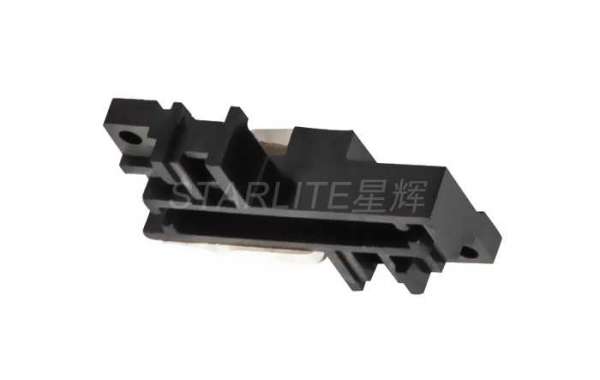The main process parameters of Plastic Injection Parts include:
- Barrel temperature: The temperature of the melt is very important. The temperature of the shot cylinder used is only a guide. Melt temperature can be measured at the nozzle or using air jet method. The temperature setting of the shot cylinder depends on the melt temperature, screw speed, back pressure, shot volume and injection cycle. If you have no experience processing a particular grade of plastic, start with the lowest settings. In order to facilitate the control, the injection cylinder is divided into zones, but not all are set to the same temperature. If operating for a long time or operating at high temperatures, set the temperature in the first zone to a lower value, which will prevent premature melting and divergence of the plastic. Before injection molding begins, make sure that the hydraulic oil, hopper seal, mold, and shot cylinder are at the correct temperature.
- Melt temperature: Melt temperature plays a major role in the flow properties of the melt. Since plastic does not have a specific melting point, the so-called melting point is a temperature range in the molten state. The structure and composition of plastic molecular chains are different, so it flows. The influence of properties is also different. The rigid molecular chain is more obviously affected by temperature, such as PC, PPS, etc., while the flexibility of flexible molecular chains, such as PA, PP, PE, is not obvious by changing the temperature, so it should be adjusted according to different materials. Correct the temperature of the injection molded parts.
- Mold temperature: Some plastic materials need high mold temperature due to high crystallization temperature and slow crystallization speed, and some need higher temperature or lower temperature due to the size and deformation control or the need for demolding, such as PC. It is required to be above 60 degrees, and in order to achieve better appearance and improve fluidity, the mold temperature sometimes needs to be above 160 degrees. Therefore, the mold temperature has an inestimable effect on improving the appearance, deformation, size and rubber mold of the product.
- Injection pressure: The melt overcomes the resistance needed to advance, which directly affects the size, weight and deformation of the product. Different plastic products require different injection pressures. For materials such as PA and PP, increasing the pressure will make it fluid. Significant improvement, the injection pressure determines the density of the product, that is, the appearance of gloss. It does not have a fixed value, and the more difficult the mold filling is, the higher the pressure of the injection molded part.














